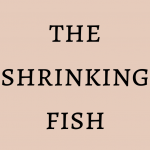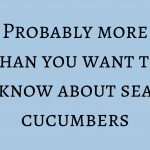The Past, Present and Future of Pacific Herring

Everyone loves whales. From greys to orcas, their majesty and charisma charms us all. Seals and sea lions have got to be a close second (as long as they’re not upwind). And let’s not forget about the eagles, wolves and salmon. These beautiful, fascinating animals captivate all who are privileged enough to experience the West Coast. Remarkably, the survival of these West Coast animals that we love so much comes to rest on the abundance of a tiny, but mighty fish.
Meet the pacific herring (Clupea pallasii). A small, smelly, oily fish that communicates by farting (seriously, they communicated with clicking sounds created by gas escaping from their anuses). This fish, as initially uninspiring as it may seem, is arguably one of the most important species in the whole Pacific Northwest region. The pacific herring is a keystone species that provides essential nutrients to cetaceans, pinnepeds, wolves, bears, and sea birds, to name a few. With regards to humans, their socioeconomic role on this coast has been significant for thousands of years.
Pacific herring are short-lived and primarily life off-shore. Every spring, millions of mature adults migrate to inshore regions to spawn. The ensuing spectacle is one of the most iconic natural displays of our coast. Male herring release ‘milt,’ a milky substance that contains sperm, into the water, turning the coastal ocean a stunning turquoise colour. Female herring will coat algae, rocks, and everything else on the shoreline with a thick layer of tiny, transparent eggs. There can be up to 6 million eggs per square meter! After three weeks of spawning the herring return to open ocean. This annual cycle can occur 5-7 times in their lifetime.
Both the eggs and the herring themselves provide a wealth of food for coastal predators. The herring spawn is a crucial stop along the migration paths of whales, sea lions and sea birds. In fact, the success of the herring spawn directly affects the reproductive success of these migrating animals. It is also thought to be a major influence in the success of salmon spawns along the coast!
Herring and their eggs also play an important role for humans both historically and presently. There are archaeological records and verbal histories of herring being consumed along this coast for thousands of years. Herring roe is traditionally harvested by placing kelp and tree bows in the water during the spawn and retrieving them once they are covered in eggs. This is a relatively sustainable fishing practice as it allows the fish to return the following year to lay more eggs. The archaeological records indicate that before the industrialization of the herring fishery, herring populations and herring egg biomass were more extensive and less variable than they are now.
The industrialization of the herring fishery along the West Coast began in earnest in the late 1800’s. At the time, herring was primarily used as bait fish. By 1900, hundreds of thousands of tons of herring were being removed from the coast of BC annually. The next ten years showed a significant decrease in herring populations in BC, Washington, and Alaska and eventually led to a population crash in the 1930’s. This coincided with a boom in the whaling industry, however, and with a decrease in predation, herring populations recovered somewhat.
In the years following World War II a new and greater demand for herring (this time for fertilizer and oil) arose. The West Coast herring fishery re-opened, this time with newer, more efficient technology, and larger fleets.
Unlike the traditional First Nations roe fishing methods, the seine-netting of roe-herring meant that the fish were not able to return in following years to reproduce.
The 1950’s saw an average of 180 thousand tons of herring removed from the BC coast every year. Not surprisingly, the herring populations underwent another crash in the early 1960’s. Yet another closure was followed by another re-opening in the 70’s. Those who lived in Ucluelet in 1979 will no doubt remember that year – Barkley Sound fish plants exported hundreds of thousands of tons of herring and the industry made tens of millions of dollars in profit.
Since the 19th century herring populations in BC have experienced numerous crashes and partial recoveries, with the overall trend being a reduction in abundance. This fishery, like many fisheries, has been subject to “shifting baseline sydrome,” a concept coined by the ever-inspiring Daniel Pauly.
“Shifting baselines” is the term used to describe the gradual shift in the way we perceive “healthy” fish populations. A three-year fishing ban may result in a population recovery that, to everyone born after 1960, would be seen as a return back to “normal” or “healthy” numbers. But what’s normal for that generation would be notably below normal for someone born in, say, 1880. Same goes when comparing that “normal” to the “normal” of someone born in 1800. The gradually changing concept of what represents a normal population of herring means that the baseline used to judge healthy herring populations is a representation of herring in the 1950’s rather than pre-industrial numbers!
Inspired by conservationists, First Nations groups, and future-minded fishing operations, archeologists and fisheries scientists are trying to establish an accurate baseline for future conservation efforts. This year DFO has announced another temporary ban on roe-herring fishing along most of the BC Coast (with the exception of some harvesting by various First Nations). Hopefully the future will bring hope to these tiny farting fish and the thousands of organisms that depend on them for their survival.
Written by Emily Beeson



